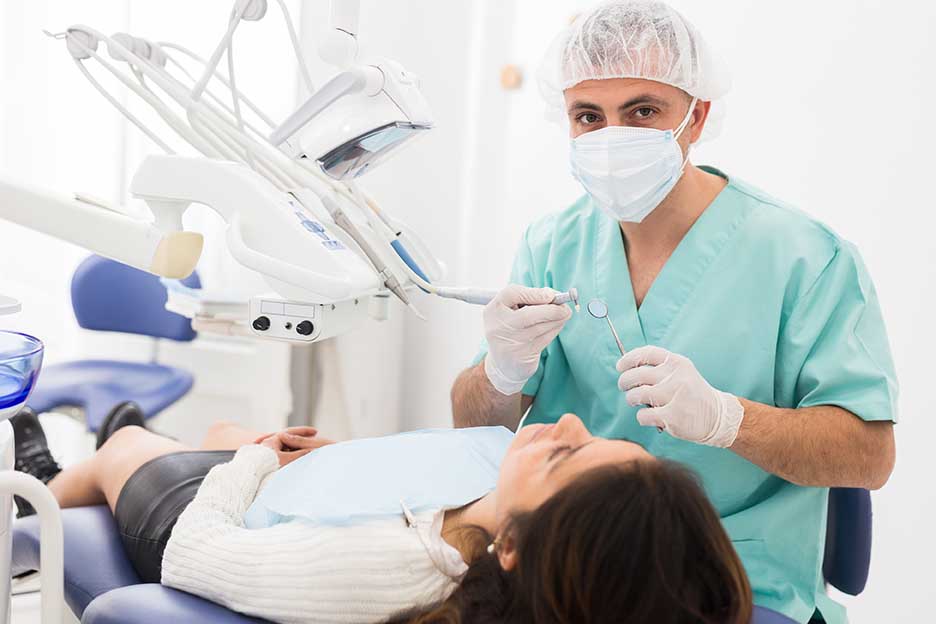Welcome to our comprehensive how-to guide designed to help you master dental procedures with ease. Whether you’re a dental student, a new practitioner, or simply interested in the field of dentistry, this guide will provide you with valuable insights and step-by-step instructions on various dental procedures.
In this post, we’ll explore several key aspects that ensure successful dental treatments, from understanding the basics of dental anatomy to mastering sophisticated surgical techniques. Our aim is not only to enhance your procedural skills but also to boost your confidence when handling different dental cases. Let’s delve into these pivotal elements crucial for any aspiring expert in dentistry.
Understanding Dental Anatomy
Before diving into complex procedures, it’s fundamental to have a thorough understanding of dental anatomy. This includes knowledge about the structure of teeth, types of teeth, and the supporting oral structures such as gums and jawbones. A solid grasp of dental anatomy allows practitioners to accurately diagnose and treat conditions with precision. Moreover, visit General Dentist San Antonio Texas for additional resources and professional guidance in this area.
This foundational knowledge also aids in communicating effectively with patients about their conditions and the treatments necessary. Comprehending the intricacies of each tooth’s position and function can lead to more targeted and effective interventions, significantly improving patient outcomes.

Preparatory Work & Sterilization Techniques
Proper preparation and sterilization are key to preventing infection and ensuring successful dental procedures. This begins with strict adherence to hygiene practices like handwashing and wearing appropriate protective gear. Understanding sterilization protocols for dental tools is equally crucial; improper practices can lead to cross-contamination and increase the risk of post-operative complications.
Dentists must be knowledgeable about different sterilization methods and their appropriate applications, including autoclaving, dry heat, and chemical disinfectants. Keeping up with current recommendations and standards can notably minimize risks associated with infections.
Technological Proficiency
In today’s technologically advanced world, being proficient in the latest dental technologies is indispensable. From digital radiography to 3D imaging and laser dentistry, technology has transformed traditional procedures making them more efficient and less invasive.
Dental professionals should actively seek out continuing education opportunities to stay updated on emerging technologies. Mastery of these tools not only enhances diagnostic capabilities but also improves the precision of treatments offered to patients, ultimately elevating the standard of care.
Pain Management Skills
Effective pain management during and after dental procedures plays a critical role in patient care. Understanding the various types of anesthetics available, as well as innovative non-pharmacological pain relief techniques, is essential for any practitioner aiming to deliver comfort along with care.</ stong>
Dentists should be adept at assessing individual patient needs and responding appropriately to their pain tolerance levels. This might include local anesthetics for minor procedures or more comprehensive sedation techniques for complex surgeries or particularly anxious patients.
Post-Procedure Care & Follow-Up
The care provided after performing a dental procedure is just as important as the preventive measures taken beforehand. Effective post-procedure care ensures that the patient recovers well and helps prevent potential complications such as infection or prolonged bleeding.
Dentists should educate patients on proper oral hygiene practices post-treatment and schedule follow-up visits to monitor recovery. These sessions provide an opportunity to assess healing progress and address any concerns that might arise after treatment has been administered.
In conclusion, mastering dental procedures requires a deep understanding of anatomical structures, proficiency in up-to-date technological tools, effective pain management strategies, stringent sterilization practices, and thorough follow-up care. By focusing on these key aspects, dental practitioners can significantly improve their efficacy in treating patients while also enhancing patient experiences leading to better recovery outcomes.
We hope this guide serves as a valuable resource to help you excel in delivering exceptional dental care. Remember, continual learning and adaptation are as much part of medicine as they are of life; always strive for excellence!

